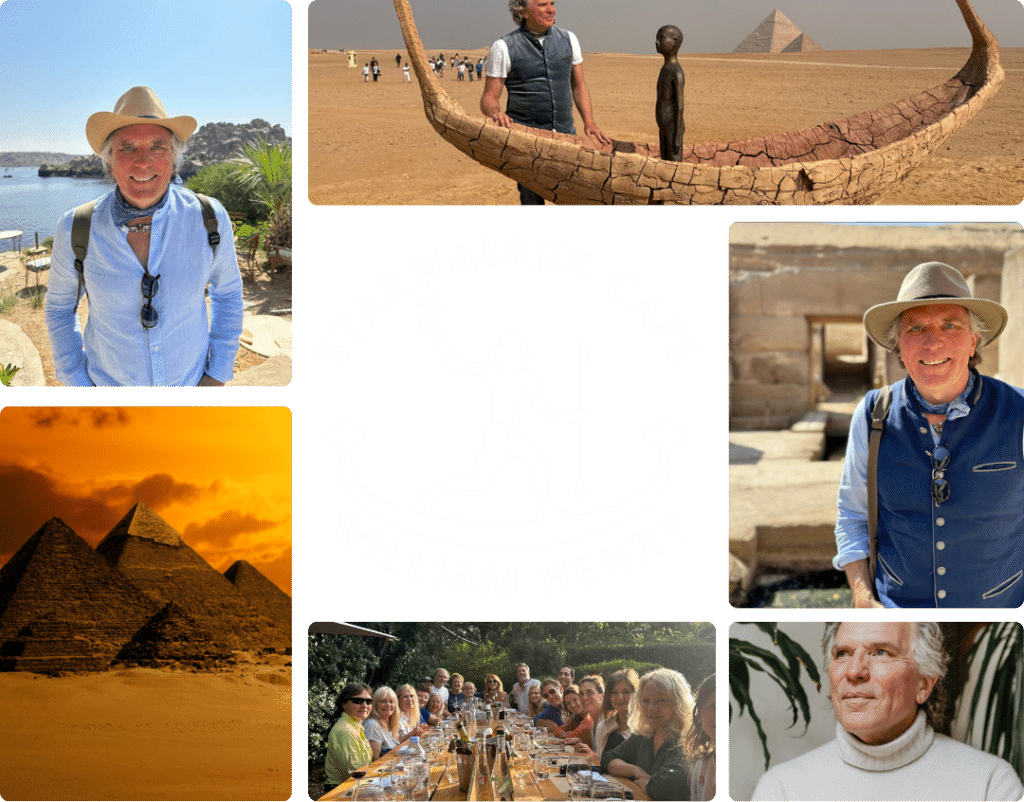
EXCLUSIVE CONTENT ALERT
It Looks Like Your Missing Access!
To explore this exclusive content, you need to be an active member of William Henry’s Starwalker Cafe. Don’t miss out on the latest updates, special perks, member-only content and discounts!

EXCLUSIVE CONTENT ALERT
To explore this exclusive content, you need to be an active member of William Henry’s Starwalker Cafe. Don’t miss out on the latest updates, special perks, member-only content and discounts!